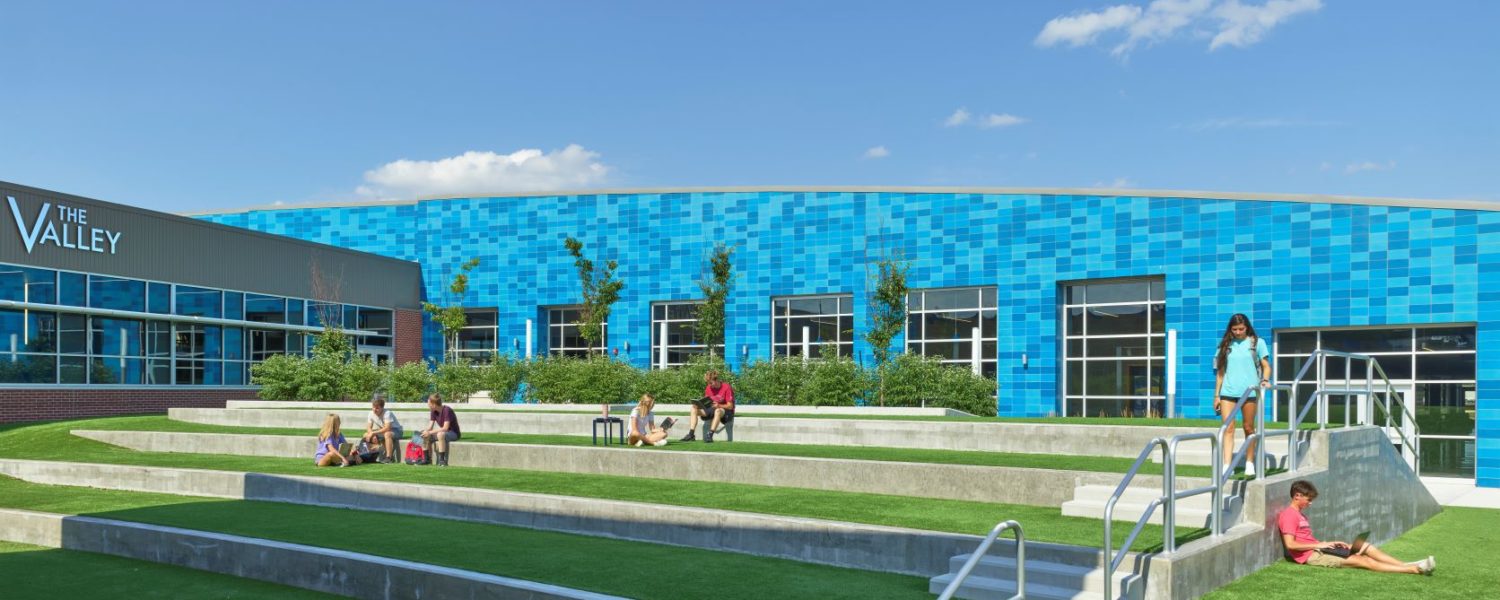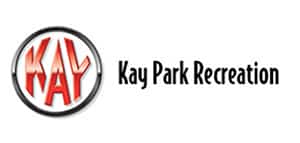By Ryan Walters
Every building has a story. A water story, a safety story, an energy story. For us, these stories all intertwine with sustainability. We believe sustainable design is inseparable from great design.
So, what does sustainability mean when it comes to educational architecture?
While we have known for some time of the risks of global warming, our communities are just now starting to feel the pressure and pain of the climate crisis effects, and we are all responsible to be part of the solution.
A perception exists that sustainable design strategies can be tough for school administrators to adopt. Budget constraints, new building systems, and a general fear of change conspires to lock our communities into repeating past mistakes and settling for less than we can achieve.
LEED vs. Sustainability
Analyzing the quality of space from the standpoint of an administrator or student has redefined sustainability as ever-present and changing – not simply achieved in a singular moment.
LEED is a prescriptive building rating system designed to illustrate sustainable qualities and to push the building industry’s capabilities.
LEED has done a great job of moving the needle and bringing sustainable design opportunities to our market, but because it was designed to be overarching, it is not perfect for every project or community.
Sustainability is always part of the project—whether you plan it, certify it, or pay attention to it at all. All buildings start new, operate at peak functionality for a time, and then start to decay; however, it is the degree to which the building can endure both in function, beauty, and operation for generations determining how sustainable it truly is.
Should a school pursue LEED certification? The answer will vary from community to community.
Aligning Design with Community Values
Going “green” is one of the first things coming to many people’s minds when they hear the word sustainability. But the latest trends or gadgets might not be the most sustainable option for your community.
Truly sustainable design results in a building reinforcing the community’s values and how they will live. The value of understanding capabilities and intentions of how the buildings and campuses will be maintained and cared for cannot be understated.
Certain products can be deemed to be categorically sustainable, but if you’re replacing them in three years, they’re not a worthwhile, generational material.
Breaking the budget to maximize something isn’t always worth it. Or, for instance, creating a landscape plan to appear “greener” could be on your list; however, the plants, maintenance and various items not aligning with a school’s ability to maintain the landscape creates more waste, creates a bigger carbon footprint and could cause the school to lose money. This can cause a long-term ripple effect, whereas directly aligning sustainability with the most efficient way to operate can allow schools to maintain the best balance of both.
Design for Your Community
In educational architecture, we focus on perfect solutions, not perfect buildings. Every solution must be tailored to the unique climate region, community values, and economy. If the community is engaged, if they understand why design decisions were made, they will magnify the positive impact tenfold.
For many, the tendency has been for design professionals, clients and communities to put sustainability next to the design, not integrated as a part of it. Educational architecture is about impacting thousands of students at a time, as well as the communities around them.
Ryan Walters, AIA, LEED AP is a partner at Hollis + Miller Architects, an integrated architecture firm designing the future of learning environments, including higher education, public and private K-12, www.hollisandmiller.com.
Images courtesy of Alistair Tutton Photography














